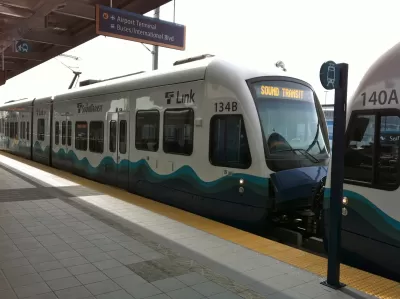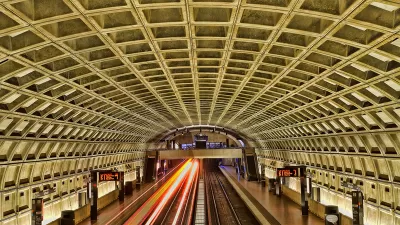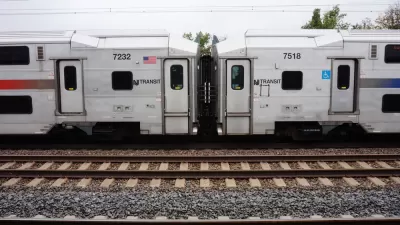Transit ridership is up in Seattle, and higher income riders are more likely to use it.

Gene Balk reports on new census data about transit ridership demographics in the Seattle area. Ridership has steadily increased, and now over 10 percent of workers commute by transit. "Since 2010, we've experienced the second-biggest increase in the share of transit commuters among the 50 largest U.S. metro areas, behind San Francisco," says Balk.
Seattle is one of six metro areas in the country where a larger percentage of high earners, workers with annual incomes above $75,000, use transit as compared to lower earners—those with incomes below $35,000. In Seattle, 11 percent of high earners and 9.5 percent of lower earners commute on transit, a 1.5 percent difference.
Balk says regional investments in transit are related to the increases in ridership:
We've invested more heavily in transit than any other region, and it's paying off. Even before the passage of the Sound Transit 3 package, the Seattle area was spending more, per capita, on new transit projects than any city in the country.
He also considers how the income demographics of riders might be a factor. One idea is that public support for transit investments is more robust in Seattle because the incomes of riders span a broader range than in other metropolitan areas.
FULL STORY: Seattle’s high earners are more likely to commute on public transit than any other income group

Alabama: Trump Terminates Settlements for Black Communities Harmed By Raw Sewage
Trump deemed the landmark civil rights agreement “illegal DEI and environmental justice policy.”

Study: Maui’s Plan to Convert Vacation Rentals to Long-Term Housing Could Cause Nearly $1 Billion Economic Loss
The plan would reduce visitor accommodation by 25% resulting in 1,900 jobs lost.

Planetizen Federal Action Tracker
A weekly monitor of how Trump’s orders and actions are impacting planners and planning in America.

Wind Energy on the Rise Despite Federal Policy Reversal
The Trump administration is revoking federal support for renewable energy, but demand for new projects continues unabated.

Passengers Flock to Caltrain After Electrification
The new electric trains are running faster and more reliably, leading to strong ridership growth on the Bay Area rail system.

Texas Churches Rally Behind ‘Yes in God’s Back Yard’ Legislation
Religious leaders want the state to reduce zoning regulations to streamline leasing church-owned land to housing developers.
Urban Design for Planners 1: Software Tools
This six-course series explores essential urban design concepts using open source software and equips planners with the tools they need to participate fully in the urban design process.
Planning for Universal Design
Learn the tools for implementing Universal Design in planning regulations.
Caltrans
Smith Gee Studio
Institute for Housing and Urban Development Studies (IHS)
City of Grandview
Harvard GSD Executive Education
Toledo-Lucas County Plan Commissions
Salt Lake City
NYU Wagner Graduate School of Public Service





























